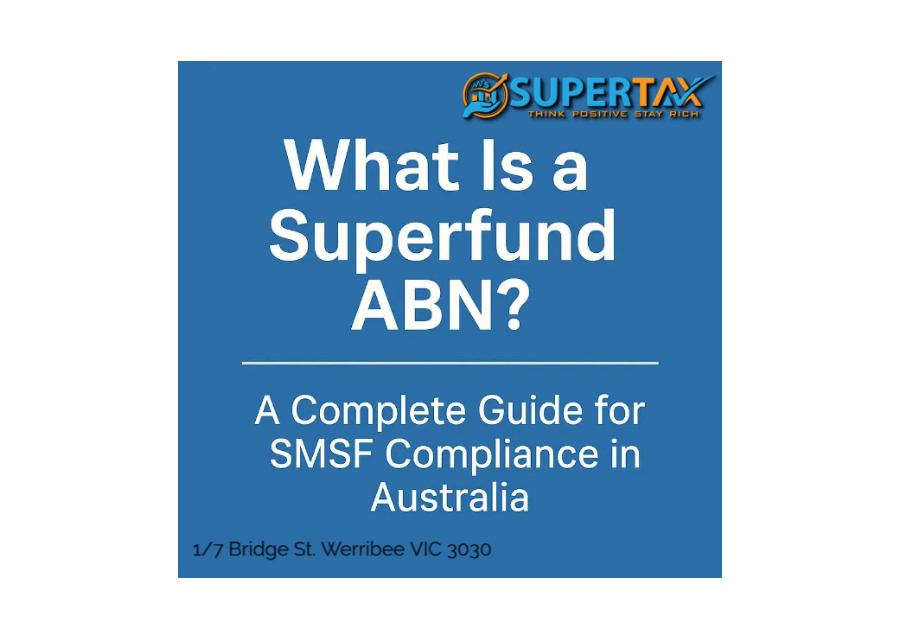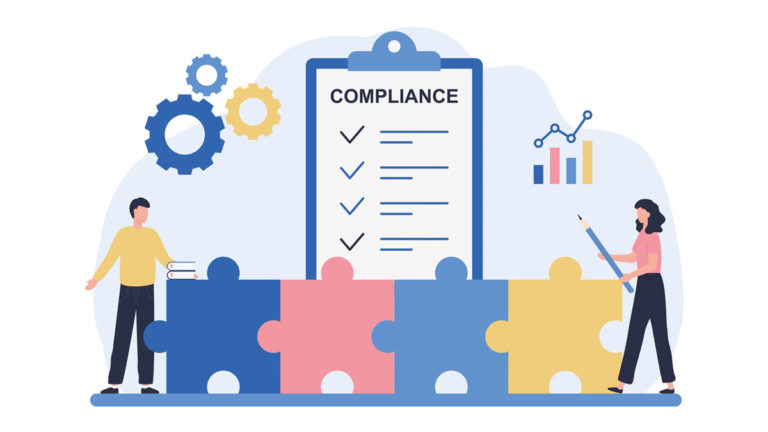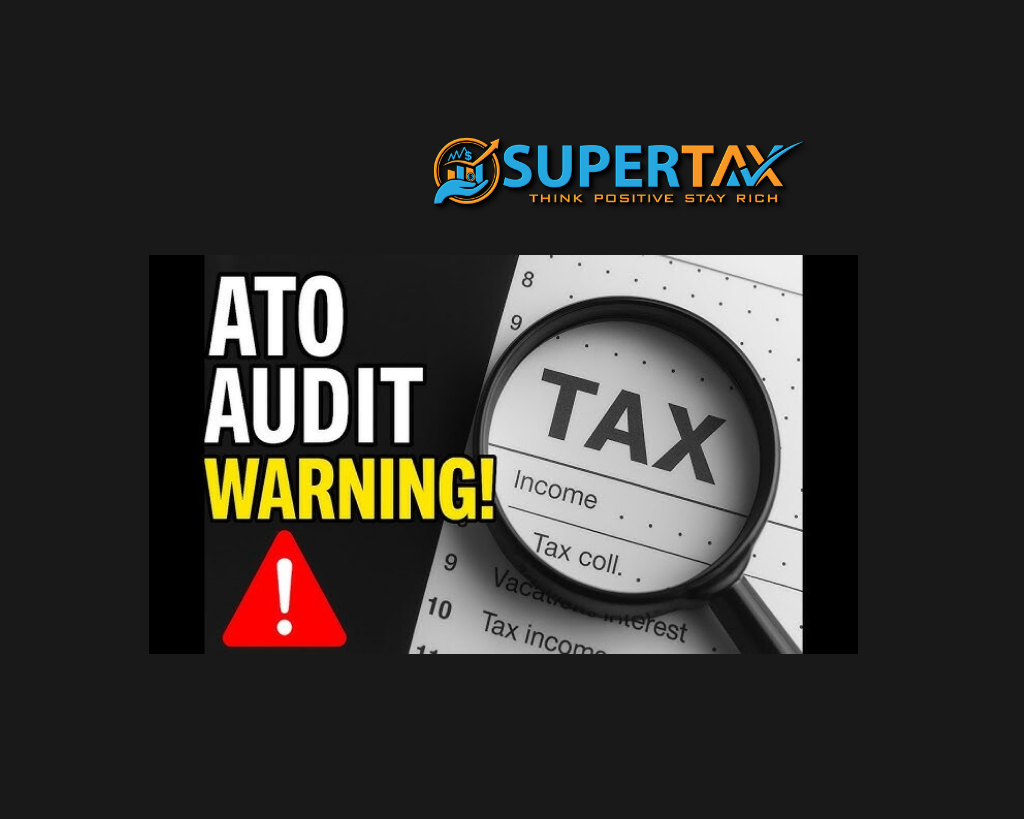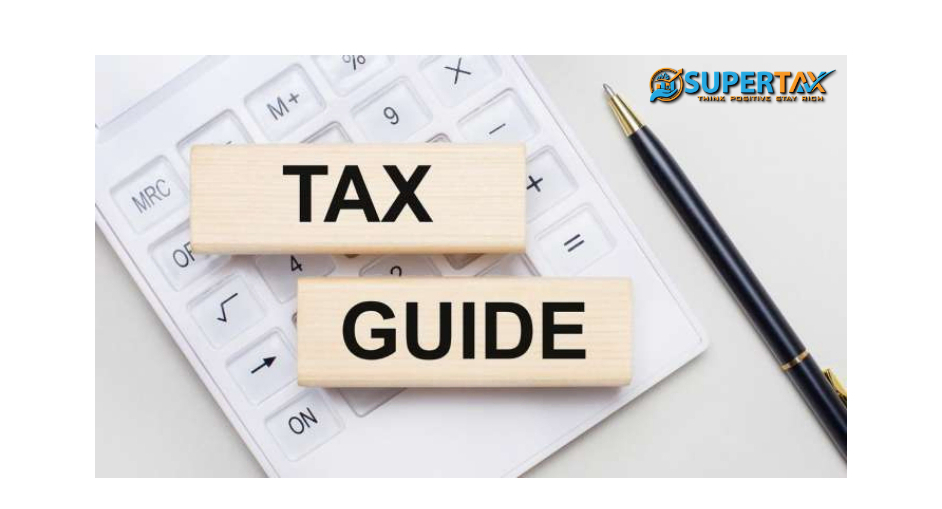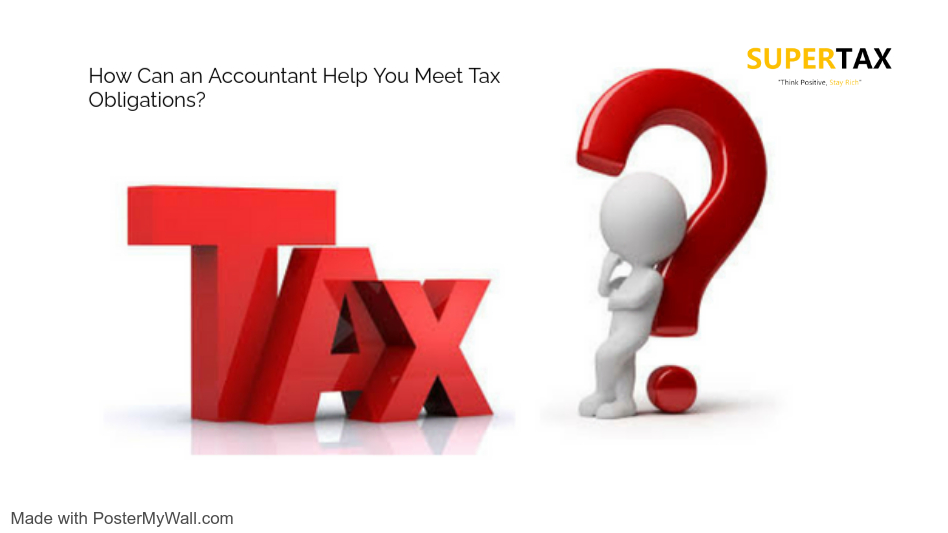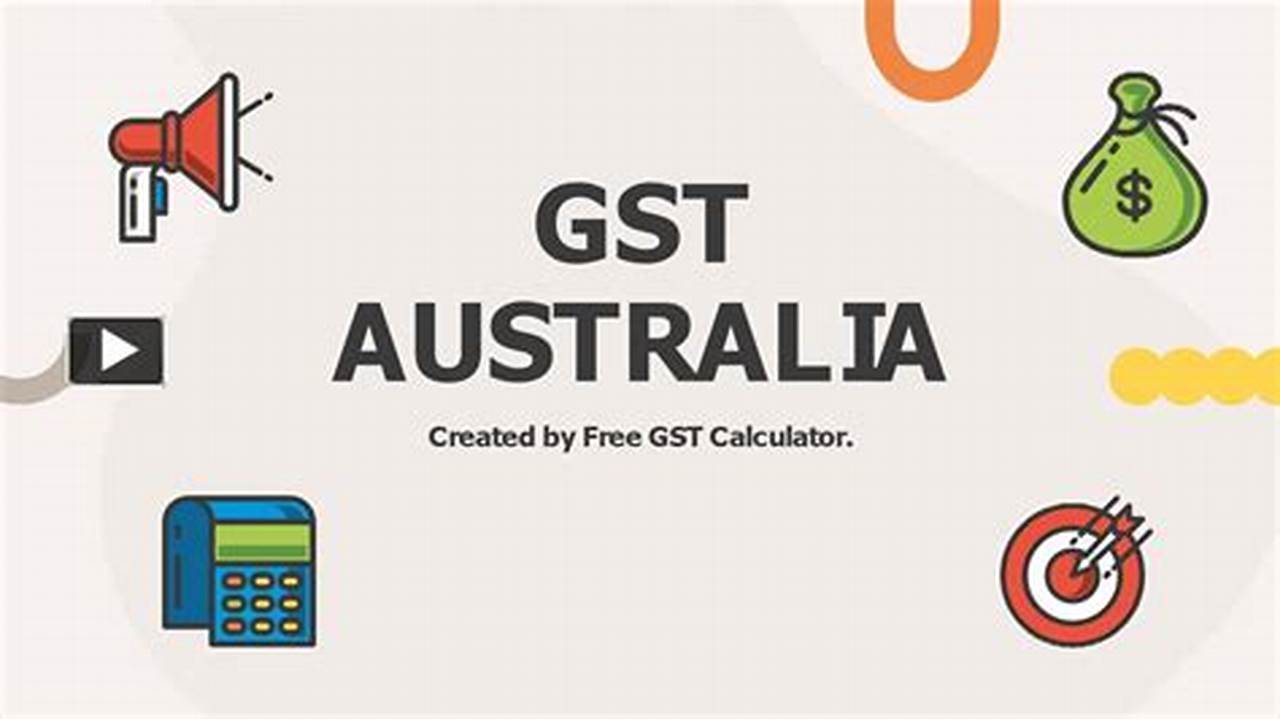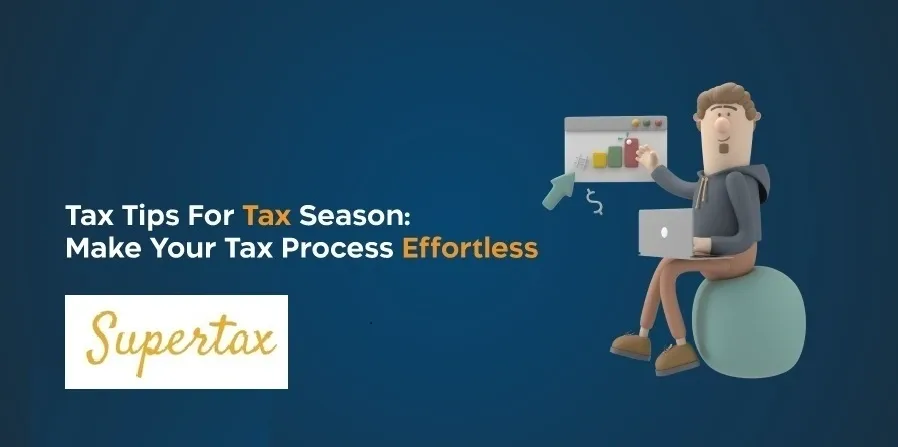5 Key Considerations Before Setting Up a Self-Managed Super Fund (SMSF)

Setting up a Self-Managed Super Fund (SMSF) offers an exciting opportunity to take full control of your retirement savings. It allows you to tailor investments to suit your financial goals and manage your superannuation on your own terms.
However, before establishing an SMSF, it is crucial to understand the responsibilities involved. Without a clear plan and the right support, an SMSF can become costly and complex.
1. Start with Why: Understand Your Motivation
Before proceeding with an SMSF setup, you need a clear and strong reason for wanting to manage your own super.
Some common motivations include:
- Control and Responsibility: Business owners and self-directed investors often prefer to oversee their retirement funds directly rather than rely on large retail or industry super funds.
- Dissatisfaction with Existing Super Funds: Some individuals feel large funds lack transparency, flexibility, or personalised service.
- Ethical and Value-Based Investing: Many SMSF trustees want their investments to reflect their personal ethics, such as avoiding fossil fuels or supporting specific industries.
- Commercial Property Investment: Business owners may wish to purchase commercial property through their SMSF to lease back to their businesses, offering strategic tax and financial benefits.
If you are unsure about your reasons, it may be worthwhile to seek professional advice before moving forward.
2. Investment Strategy: Have a Plan
An SMSF provides greater investment flexibility — but that flexibility also requires a disciplined investment strategy from day one.
Important considerations include:
- What asset classes will you invest in (e.g., shares, property, managed funds, alternative assets)?
- What is your risk appetite?
- Will you seek professional investment advice?
While Supertax cannot provide direct investment advice, we can connect you with trusted financial advisors to help you develop a tailored strategy.
A well-structured investment strategy is critical to achieving long-term financial goals and maintaining compliance.
3. Contributions: Can You Fund Your SMSF?
Regular contributions are essential to the ongoing viability of your SMSF.
It’s important to assess whether you can maintain consistent contributions over time.
- Employees and Executives: Super Guarantee (SG) contributions from your employer will flow into the fund.
- Business Owners and Directors: You must have sufficient personal or business cash flow to contribute regularly.
- Start-Up Business Owners: If your business is still in its early growth phase, it may be better to wait until financial stability improves.
Proper planning ensures your SMSF has enough funds to grow effectively over the long term.
4. Keep It Simple
The most successful SMSF strategies are often the simplest.
An overly complicated investment plan or structure can make compliance, management, and decision-making difficult.
Key tips:
- Focus on investments you understand.
- Avoid unnecessary documentation complexity — clear and concise paperwork saves time and money.
- Understand your annual compliance requirements — audits, tax returns, and reporting obligations must be met each year.
A streamlined approach makes your SMSF easier to manage and reduces stress in the long run.
5. Be Ready to Manage It Yourself
As the name suggests, a Self-Managed Super Fund demands active management and responsibility.
- You are ultimately responsible for investment decisions, even with support from accountants and administrators.
- You must have at least a basic understanding of financial reports and be willing to seek clarification when needed.
- Avoid paying high fees for complex services or reports that you may not require.
If you feel overwhelmed by the thought of managing your own super, another type of fund may be more appropriate.
Choosing the Right Trustee Structure
When setting up an SMSF, you must decide whether you will have:
- Individual Trustees: Lower setup costs, but fewer advantages in the event of changes such as death or incapacity.
- Corporate Trustee: Involves a company acting as trustee, offering better legal protection, easier succession planning, and simpler administration changes.
The right structure depends on your personal and financial circumstances — and Supertax can help guide you through this decision.
Key Steps to Setting Up an SMSF
If you are ready to establish your SMSF, here’s the general process:
- Choose Your Trustee Structure (individual or corporate).
- Establish a Trust and Trust Deed to define the fund’s rules.
- Register with the ATO and obtain an ABN and TFN.
- Open a Dedicated Bank Account for the SMSF.
- Develop an Investment Strategy aligned with retirement goals.
- Arrange Ongoing Compliance (audits, reporting, and tax obligations).
How Supertax Can Help
At Supertax, we simplify the SMSF setup process and ongoing management.
Our experienced SMSF accountants help you:
- Establish your SMSF correctly
- Maintain ongoing compliance
- Handle documentation and annual reporting
- Navigate changing regulations
- Work closely with trusted advisors if financial planning is required
By partnering with Supertax, you can focus on building your retirement wealth while we take care of the administration and compliance complexities.
